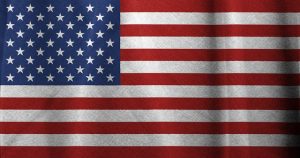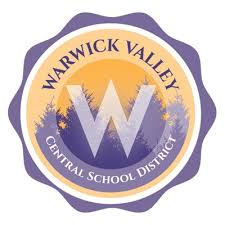How does a local library make its choices about what reading material gains a space on its shelves? What books belong in which categories, and how are taxpayer dollars being spent? I never spent a whole lot of time wondering about this, but it seems like every day, there’s a new story scrolling across the headlines about a library, classroom, or school board meeting that is struggling to define the lines between appropriate material and what some are calling “censorship” and “book banning.”
And then I found myself confronted with these questions after a friend of mine recounted for me a situation which arose for her last week. She had taken her 13 year-old child to pick out a book from the Albert-Wisner Public Library, from the section marked “Young Adult.” While her child looked for the book, my friend found herself browsing idly through some of the other titles on the shelves in the section, titles that were housed directly next to the ones her 13-year-old was reading. Imagine her dismay when she found that many of the books labeled “Realistic Fiction” contained not only profuse profanity, but also fairly graphic descriptions of sexual content.
When she told me about this, I decided to find out for myself. I am not a fan of censoring reading material, as I think it’s critical that children be offered a wide range of literary styles and subjects as they develop their tastes and broaden their vocabulary; however, something about this didn’t sit right with me. I did a little research on what the whole YA category is all about, and then I went and had a look at the shelves.
I wish I could tell you that my friend was overreacting. A quick browse gave me books about teenage drag queens, group sex experiences, experiments with drugs and alcohol, and suicide. Is this really what we want our children to encounter in the kids’ section of a library?
Apparently, YA is a grouping that is having a good deal of trouble defining itself. It is not a genre per se, as the subject matter and style can be anything from horror to fantasy to historical fiction. A query on Wikipedia reveals this: “Young adult fiction is a category of fiction written for readers from 12 to 18 years of age. While the genre is targeted at adolescents, approximately half of YA readers are adults. The subject matter and genres of YA correlate with the age and experience of the protagonist.” In recent years, the YA designation carries with it an agenda involving social justice, LGTBQ, and left-leaning concerns.
So what does this mean, exactly?
I have lots of questions.
What message are we sending to children when the books we are offering specifically to them are sexualizing them?
Is it more important to offer books with literary merit, or books with a social agenda?
If these books are sexualizing children ages 12-18, why are approximately half of the readers of this category adults? Should this worry us?
What books have been scuttled from the shelves in order to make room for ones with a strong agenda? Who makes these choices, and what criteria are they using?
And most importantly, this is a taxpayer-funded institution. Are we comfortable with the message we are sending to Warwick’s young readers?
There is a section entitled “Mezzo YA” which is meant to target children in the lower range–ages 12 and 13. What’s interesting about that section is that the books are cleaner in content, but far more difficult in terms of reading level. It’s here that you will find classics like A Swiftly Tilting Planet and the Anne of Green Gables series. They’re beautifully written novels with solid literary merit, but might be too tough for a 12 year-old to get through.
I wish I could say the same about the books in the YA section. Many of those contain vocabulary that barely breaches the 4th grade reading level (unless you count the gratuitous profanity, but I’m willing to bet that most kids could sound those out with no problem.) We all know how “literary” trashy novels are, and many of the books on these shelves are nothing short of pulp fiction aimed at minors. I’m not sure if it can rightly be termed “child pornography,” as there are no photographs, but it skates dangerously close in language and content.
It’s important to recognize here that the implicit message at a library is that this material, when it is designated as being for young people, comes with the sanction of the adult community at large–we are saying that these books have been carefully curated for their readership. Parents should be able to expect that they can send their children into the shelves that are designated for them and feel confident that whatever they pull out is age appropriate in terms of content and reading level.
Some of the books I came across are not new–they have been in the canon for young readers for decades–but perhaps the lesson that we take from that is that we have shrugged off or ignored the implications of this for too long. One or two books containing questionable material involving children–and to be clear, anyone under the age of 18 is still a child–have led to a whole expanse of choices that might cause worry, trauma, and confusion in the intended audience, and should cause serious concern for the parents.






